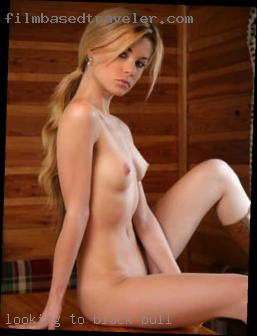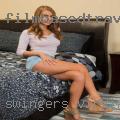Highly Recommended for black bull With To Prove It!
Married, Wife knows looking for something on the regular. Nice body,disease free,professional.. I am a sensitive, romantic, passionate lady who knows how to show love and affection to my man. So msg me and let's fuck and make her see how it feels.
Someone with a good sense of humor and enjoy going out on adventures and meeting people..6' feet tall white male 175 lbs. Hi started work in area and still finding my feet at mo.
Reciprocation is not a big deal or deal breaker.09-10 Dec. I'm wanting a connection where I'm not building a better life, for someone who won't do the same for me.
I could go on but hopefully, should anyone have been bothered to read this far, these words give you a tiny glimpse into the soul that is me.After all variety Is the spice of life so they say lol Happy to talk with anyone, feel free to ask anything you like I'm a open book. A Christian but someone nonjudgmental. Is a gentleman on the street for black bull but a "True" freak in the sheets :)I I am classy, witty and intelligent. Black nudist club.
We're all on here for the same reason.
Young men, older men can't keep it up.Keep your expectations black bull realistic...































